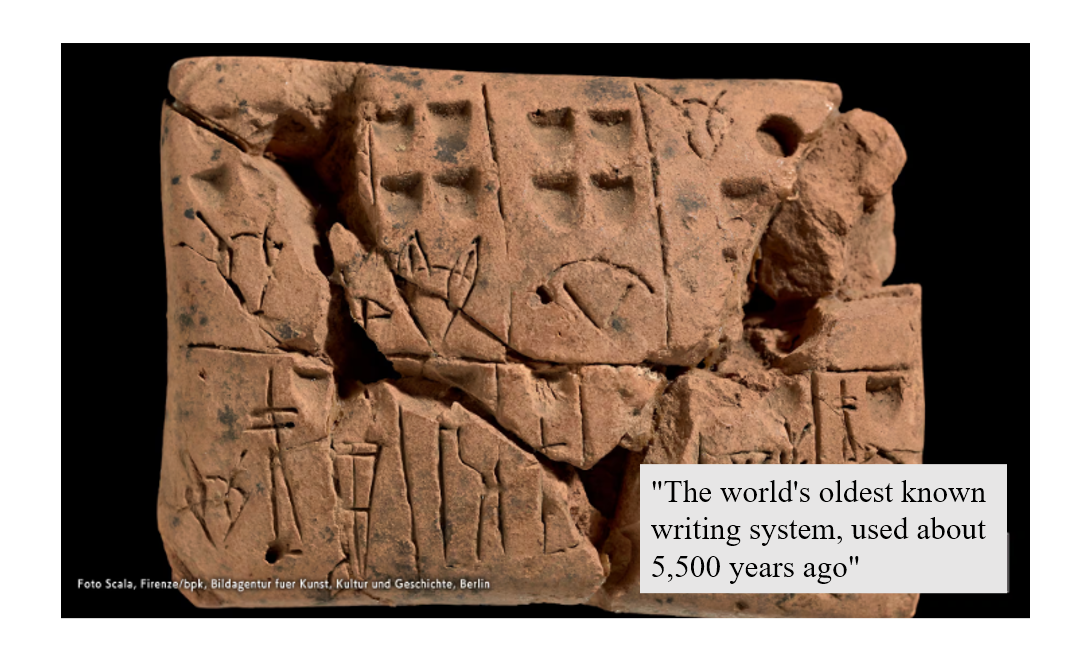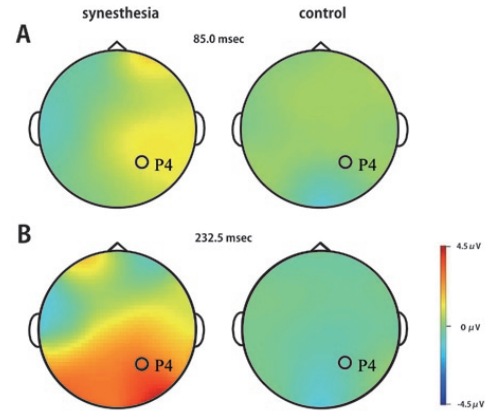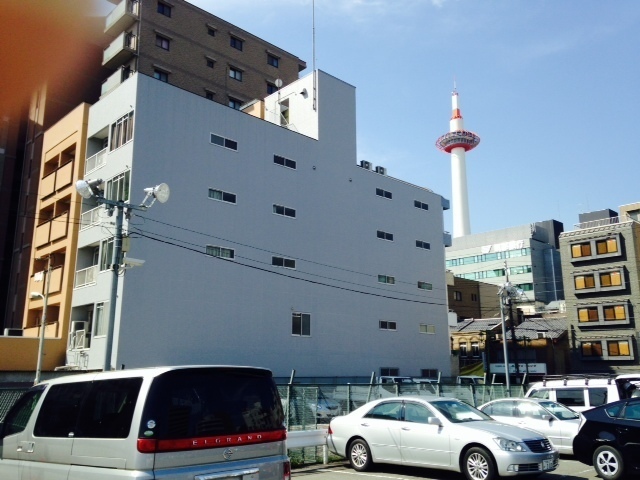
Profile
Keisuke Miyazaki, Speech-Language Pathologist
Miyazaki Speech-Language Pathology Institute Co., Ltd.Representative director
Career
I am a speech-language pathologist based in Kyoto, Japan. I have provided cognitive training for many children with dyslexia in both university hospitals and child welfare facilities. Currently, I am affiliated with the Graduate School of Medicine at Kyoto University, where I am conducting research on the effectiveness of tactile-based literacy programs for children with dyslexia.
“Sawaru Glyph” is a tactile reading program I developed in 2019 to support cognitive improvement in children with dyslexia. While multisensory learning methods using materials such as clay or sand have existed for some time, there had been no learning programs that focused specifically on tactile reading—tracing letters with the fingers. Although tactile reading has traditionally been used by individuals with visual impairments, “Sawaru Glyph” is the first program to systematically apply tactile reading to literacy instruction for sighted learners.
In addition, I have synesthesia, which causes me to perceive letters as having specific colors. For me, letters have always been experienced as rich, multisensory representations. “Sawaru Glyph” is a program that integrates my personal synesthetic experiences with findings from neuroscience research.

The idea of reading letters through haptics is not my invention. It dates back to ancient times, when people exchanged information by carving pictographs into clay tablets. It is likely that the birth of writing required a multisensory cognitive process—one in which tactile interaction with symbolic forms was combined with vocalization—linking visual representations to phonological ones through a shared system of meaning.
My “Sawaru Glyph” method is a unique learning program that integrates the following three elements:
Research findings from my graduate studies
My personal experience of synesthesia
Historical insights into the development of human literacy
By visually observing, tactually tracing, and orally reading three-dimensional letters, this cognitive process merges ancient practices, modern scientific research, and individual sensory insight. The program offers a new approach to literacy education and is designed to support individuals with dyslexia who struggle with reading and spelling.
【Achievements】
- Miyazaki, K., Yamada, S., & Kawasaki, A. (2023). Visuo‐haptic multisensory learning enhances encoding and recall of Rey-Osterrieth complex figure shape. Cognitive Neuroscience, 24(3-4).Original article in Japanese (日本語論文) | English translation (PDF)
- Miyazaki, K., Hashimoto, Y., Uchiyama, H., & Sakai, M. (2025). Multisensory learning with haptic reading plates improved RAN(Rapid Automatized Naming), reading and writing skills. Cognitive Neuroscience, 26(3-4).“Original article in Japanese (日本語論文) | English translation (PDF)
- Miyazaki, K. (2020). Character spelling learning tool and character spelling learning method. Japan Patent Office.
- Miyazaki, K. (2023). On the convex shape conditions for enhancing tactile sensitivity of finger pads . Japan Patent Office.
【A study that examined the brain of me (Miyazaki), who has synesthesia】

Yamashita, T., Hikosaka, K., Nanba, T., & Tabuchi, A. (2010). Electroencephalogram analysis regarding visual information processing in a grapheme-color synesthete. Kawasaki Journal of Medical Welfare, 16(1), 9–17.Original article in English
office address

| Miyazaki Speech-Language Pathology Institute Co., Ltd. | |
| Address Line1 | 520 Shiokojicho Shimogyo-ku |
| Address Line2 | 2F Mitsubayashi building |
| City | Kyoto-shi |
| State/Province/Region | Kyoto-fu |
| Country | Japan |
| ZIP/Postal code | 600-8212 |
| Phone number | +81-50-3556-3047 |



